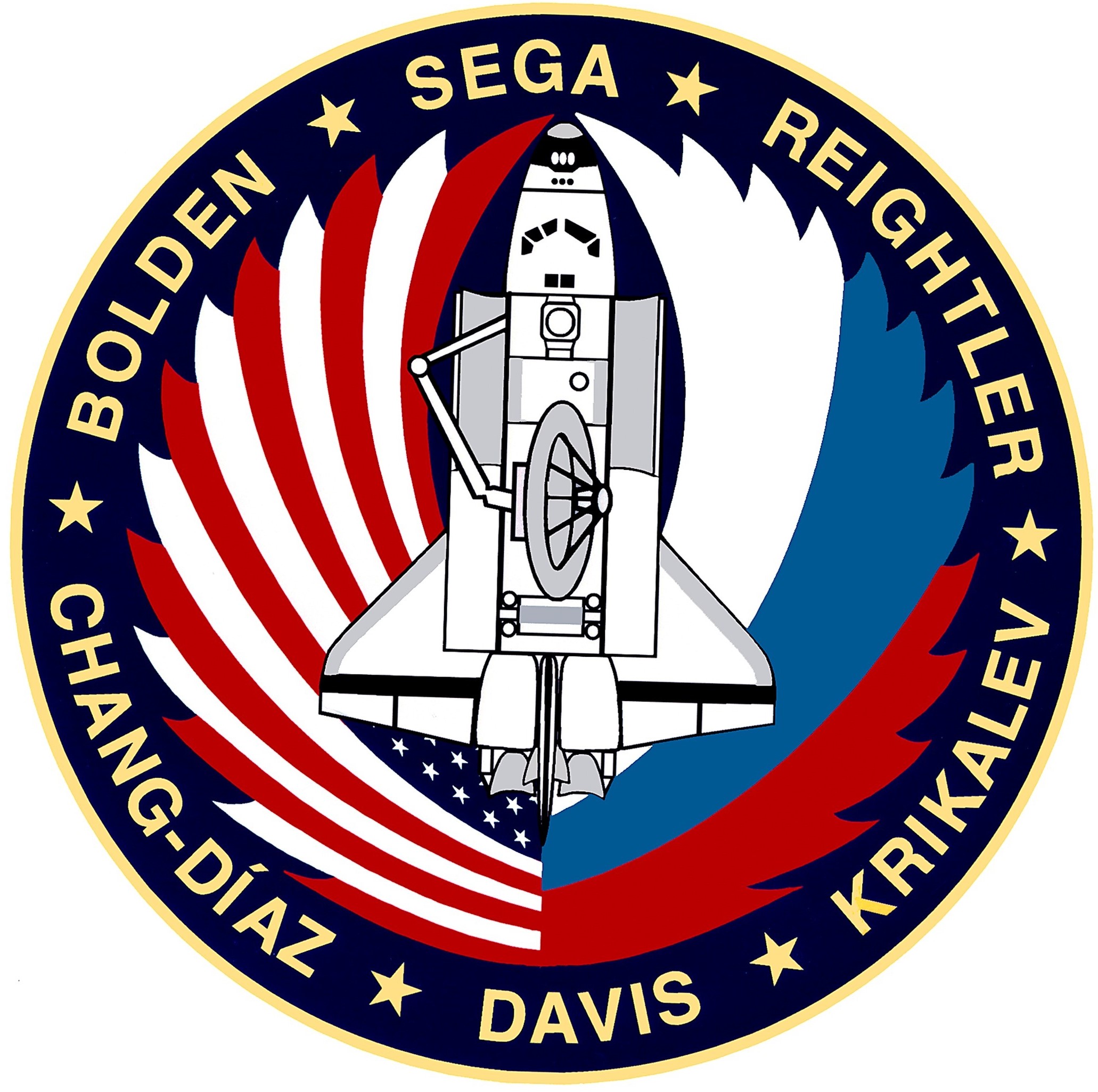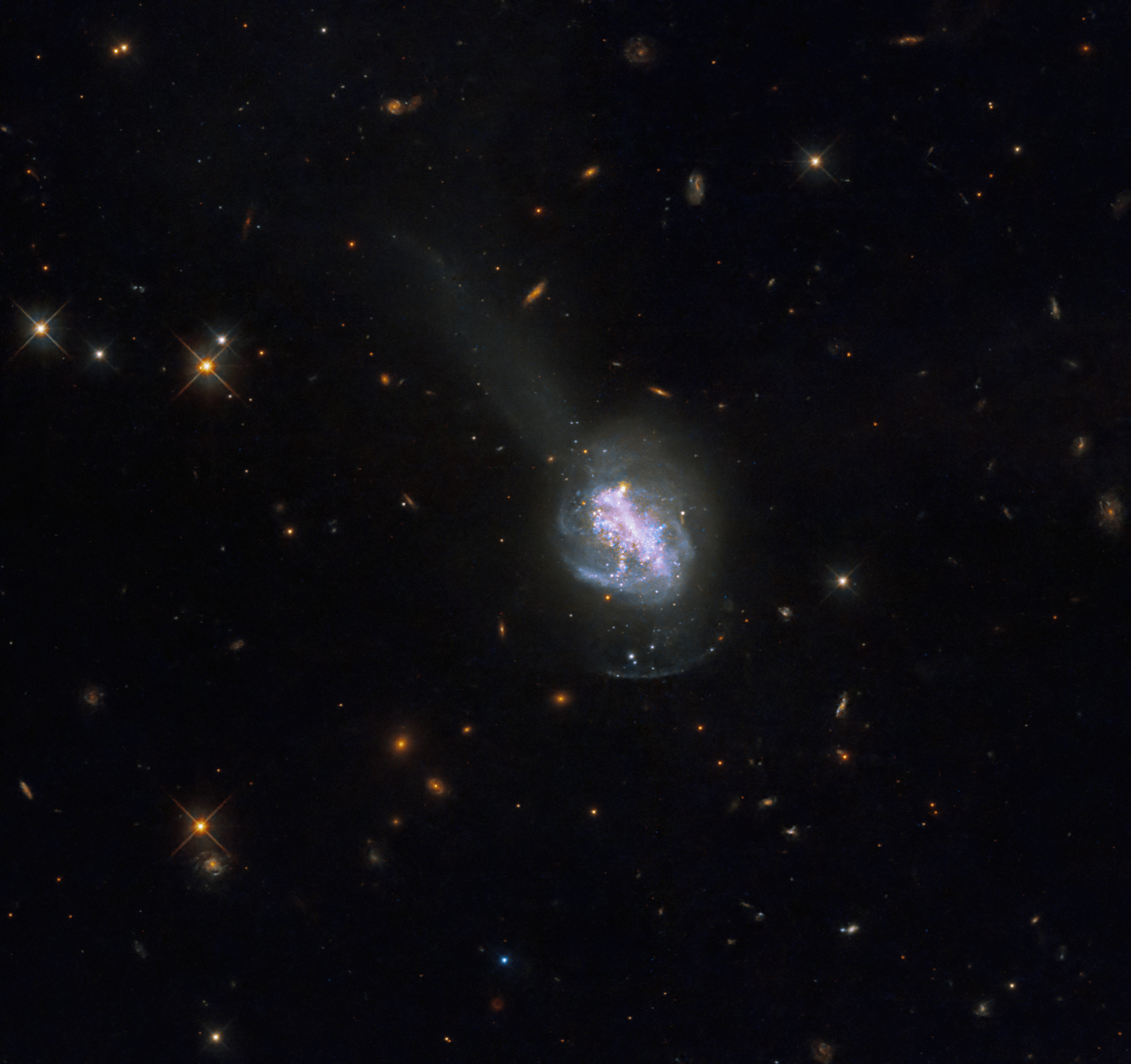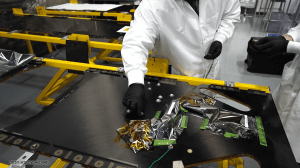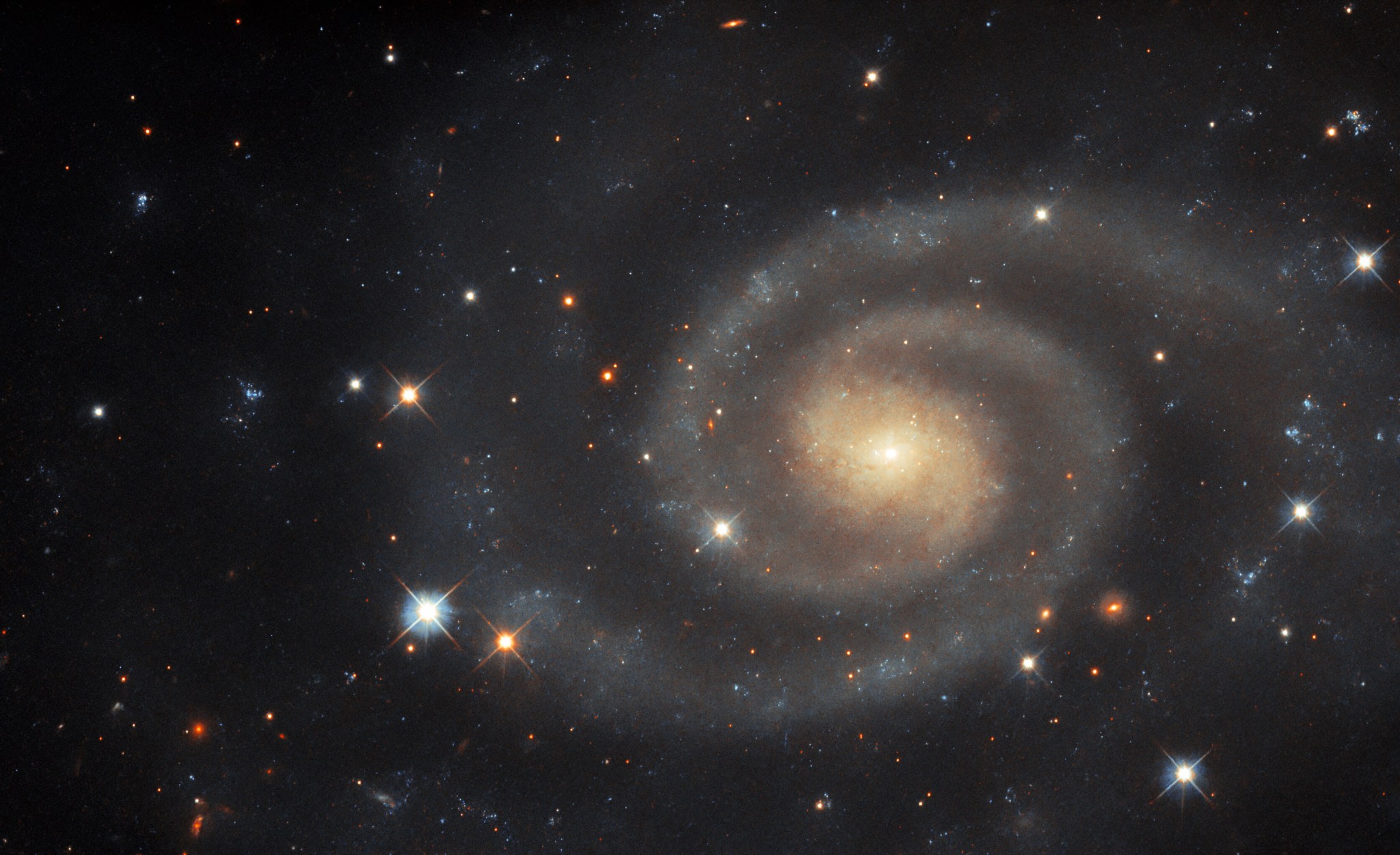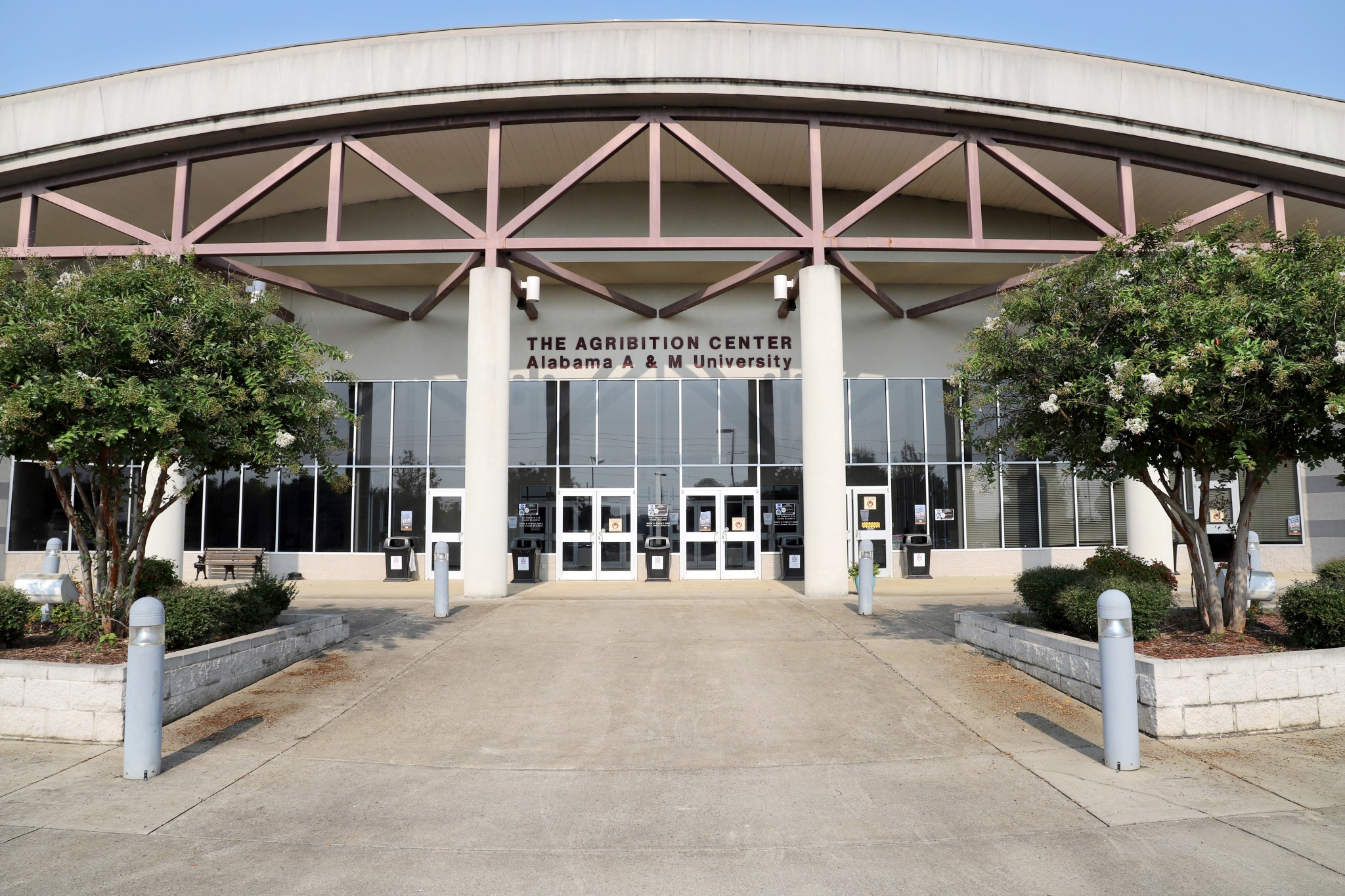On Feb. 3, 1994, space shuttle Discovery took off on its 18th flight, STS-60. Its six-person crew of Commander Charles F. Bolden, Pilot Kenneth S. Reightler, and Mission Specialists N. Jan Davis, Ronald M. Sega, Franklin R. Chang-Díaz, who served as payload commander, and Sergei K. Krikalev of the Russian Space Agency, now Roscosmos, flew the first mission of the Shuttle-Mir Program. Other objectives of the mission included the first flight of the Wake Shield Facility, a free-flying satellite using the ultra-vacuum of space to generate semi-conductor films for advanced…
Read MoreMonth: February 2024
Hubble Sees a Merged Galaxy
This new NASA Hubble Space Telescope image shows ESO 185-IG013, a luminous blue compact galaxy (BCG). BCGs are nearby galaxies that show an intense burst of star formation. They are unusually blue in visible light, which sets them apart from other high-starburst galaxies that emit more infrared light. Astrophysicists study BCGs because they provide a relatively close-by equivalent for galaxies from the early universe. This means that BCGs can help scientists learn about galaxy formation and evolution that may have been happening billions of years ago. Hubble imaged ESO 185-IG013 in ultraviolet,…
Read MoreWhich telescope will be 1st to find alien life? Scientists have some ideas
A peek into the future of exoplanet science suggests the forthcoming European Extremely Large Telescope (ELT) is going to give us our best chance in the next two decades of detecting biosignatures on nearby rocky worlds orbiting other stars. Such is the conclusion of a new study that simulated what it will take to characterize worlds outside our solar system with the tantalizing prospect of hosting life, such as Proxima Centauri b. This study will allow astronomers to set their sights on key exoplanetary targets during the 2030s and beyond.…
Read MoreHuge stadium-sized asteroid will make its closest approach to Earth for centuries today (Feb. 2)
A “potentially hazardous” football stadium-size asteroid will zip safely past Earth on Friday (Feb. 2), and, in doing so, will reach its closest point to our planet for more than 100 years. It will also be at least several centuries before the space rock ever gets this close to us again. The massive asteroid, named 2008 OS7, is around 890 feet (271 meters) across and will pass by Earth at a distance of around 1.77 million miles (2.85 million kilometers), according to NASA’s Jet Propulsion Laboratory (JPL). For context, that…
Read MoreTiny NASA Cameras to Picture Interaction Between Lander, Moon’s Surface
4 min read Preparations for Next Moonwalk Simulations Underway (and Underwater) Say cheese, Moon. We’re coming in for a close-up. As Intuitive Machines’ Nova-C lander descends toward the Moon, four tiny NASA cameras will be trained on the lunar surface, collecting imagery of how the surface changes from interactions with the spacecraft’s engine plume. The Stereo Cameras for Lunar Plume-Surface Studies will help us to land larger payloads as we explore space. Olivia Tyrrell from the SCALPPS photogrammetry team explains how a small array of cameras will capture invaluable imagery…
Read MoreHubble Views a Dim but Distinct Galaxy
2 min read Hubble Views a Dim but Distinct Galaxy Both visible and ultraviolet wavelengths of light comprise this Hubble Space Telescope image of the spiral galaxy UGC 11105. ESA/Hubble & NASA, R. J. Foley (UC Santa Cruz) This image of the softly luminous spiral galaxy UGC 11105 is from the NASA/ESA Hubble Space Telescope. It lies about 110 million light-years from Earth in the constellation Hercules. Astronomers have different ways of quantifying how bright celestial objects are. Apparent magnitude is one of those methods. It describes how bright an…
Read MoreFirst Hot Fire Test of the Year for Artemis
NASA completed a full-duration, 500-second hot fire of an RS-25 certification engine Jan. 17, continuing a critical test series to support future SLS (Space Launch System) missions to the Moon and beyond as NASA explores the secrets of the universe for the benefit of all.
Read MoreHow do galaxies grow while ensnared in the universe’s cosmic web?
Just like being trapped within a spider’s web drastically changes a fly’s life, galaxies ensnared in the vast cosmic web are dramatically and irreversibly altered. Now, scientists from the University of Kansas are aiming to better understand the mechanisms at play in shaping clusters of galaxies as they travel through a cosmic web of different environments. KU professor of physics and astronomy Gregory Rudnick is leading the effort, which involves recreating the cosmic web in a computer simulation, then studying gas content and star-formation properties of galaxies as they move…
Read MoreNASA Taps Alabama A&M University to Host Break the Ice Lunar Challenge
4 min read Preparations for Next Moonwalk Simulations Underway (and Underwater) Alabama A&M University Agribition Center will host the final Break the Ice Lunar Challenge featuring a large dirt-based indoor arena on 40 acres of land, offering plenty of green space to build Break the Ice’s complex testing infrastructure. Photo Courtesy: Alabama A&M University Extension By Savannah Bullard NASA has selected Alabama A&M University’s Agribition Center in Huntsville, Alabama, to host the final level of the agency’s Break the Ice Lunar Challenge, using indoor and outdoor space to ground test…
Read MoreMarvel Comics celebrates Black History Month with ‘Star Wars’ comics covers
Black History Month, first made official in 1976 by President Gerald Ford to “seize the opportunity to honor the too-often neglected accomplishments of Black Americans in every area of endeavor throughout our history,” is upon us once again. Marvel Comics is honoring the occasion with a set of special variant covers across its flagship lineup of “Star Wars” titles. Created by distinguished artist Ken Lashley, these five “Star Wars” Black History Month alternate covers showcase a heroic collection of characters of color existing in the galaxy far, far away. …
Read More